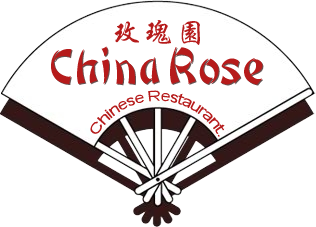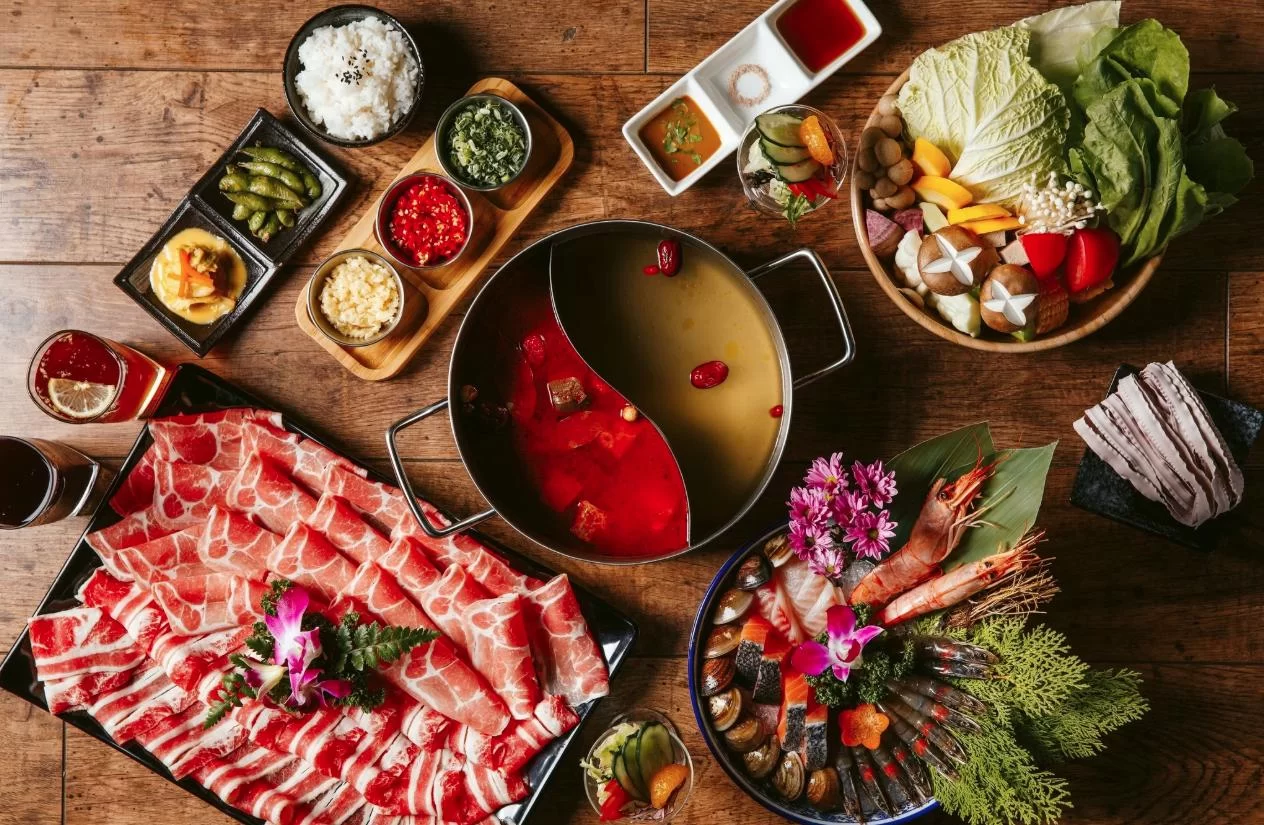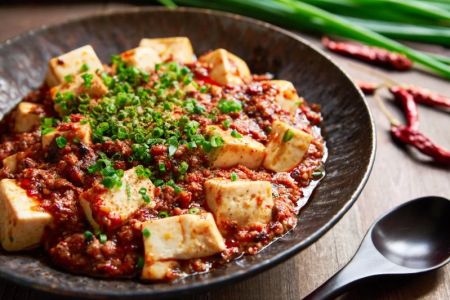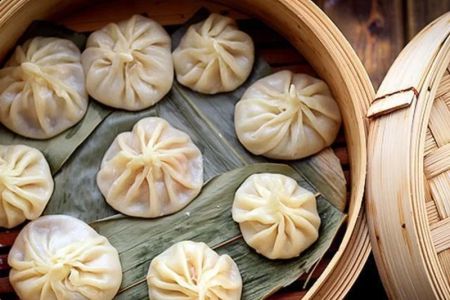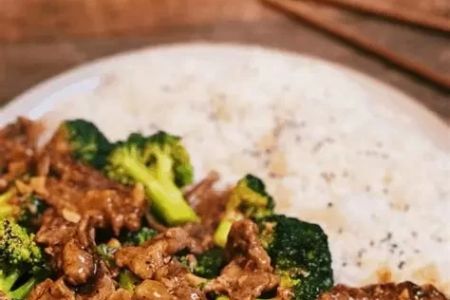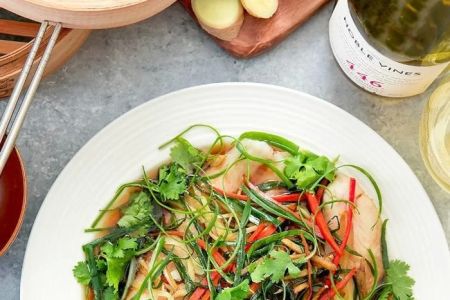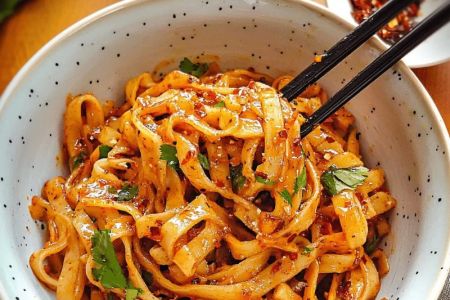- #the-importance-of-texture-in-chinese-cuisine-achieving-the-perfect-bite - cultural-foundations - why-texture-matters
- #iconic-examples-of-texture - dumplings-and-noodles - crispy-duck-and-soft-wraps
- #balancing-flavors-and-mouthfeel - harmony-of-contrasts - cooking-techniques-for-texture
- #stories-and-modern-perspectives - dining-memories - viral-food-moments
- #exploring-with-chinese-food - trusted-guidance - bringing-authenticity-home
The Importance of Texture in Chinese Cuisine: Achieving the Perfect Bite
In Chinese cuisine, taste is only part of the story. Texture—the way food feels in your mouth—is just as important, sometimes even more so. The crunch of a perfectly fried spring roll, the chewiness of handmade noodles, or the silkiness of steamed tofu all contribute to what makes a dish unforgettable. Without attention to texture, the dining experience loses its depth and character.
Cultural Foundations
Why texture matters
Chinese culinary philosophy often revolves around harmony, not just in flavors but also in textures. A balanced dish might combine crisp vegetables with tender meats or pair a crunchy topping with a soft base. This focus reflects the belief that food should stimulate all the senses, creating a complete and memorable experience. Historically, chefs have even been judged by their ability to achieve the right texture, whether that means wok-seared crispness or dumplings that hold their shape while remaining delicate inside.
Iconic Examples of Texture
Dumplings and noodles
Dumplings are a prime example of how texture defines Chinese food. The wrapper should be thin yet strong, tender but not soggy. Bite into one, and the contrast between the slightly chewy skin and the juicy filling becomes the highlight. Similarly, noodles tell a story of texture—hand-pulled strands with a springy bite differ completely from knife-cut noodles, which bring a heartier chew. Both variations demonstrate how essential mouthfeel is in Chinese dining traditions.
Crispy duck with soft wraps
Peking duck is not just about flavor—it’s about the crispness of the skin combined with the pillowy softness of the pancake. The contrast defines the dish. Without that delicate balance, even the best duck loses its magic. The same principle applies to moo shu dishes, where stir-fried fillings pair beautifully with thin, pliable pancakes.
Balancing Flavors and Mouthfeel
The harmony of contrasts
Chinese chefs often design meals to engage both the palate and the jaw. A stir-fry may combine crunchy bamboo shoots with silky tofu, or hot and sour soup may deliver both warmth and smoothness in one spoonful. These contrasts aren’t accidental—they’re carefully orchestrated to enhance satisfaction. Texture becomes a language, communicating comfort, surprise, or indulgence.
Cooking techniques for texture
Techniques like stir-frying, braising, deep-frying, and steaming aren’t just about speed or convenience—they are tools to control texture. A wok sear locks in crunch, slow braising melts connective tissues into tenderness, and double steaming creates an ethereal softness. These methods ensure that dishes appeal to both flavor and mouthfeel, bringing balance to every bite.
Stories and Modern Perspectives
Dining memories
Many people remember their first experience with a dish not by the flavor alone, but by the way it felt. The first bite of a soup dumpling, with its thin wrapper and burst of hot broth, often becomes a cherished story. In Chinese households, grandparents pass down not just recipes but also wisdom about “how the texture should feel,” making texture part of the family’s culinary heritage.
Viral food moments
Texture has even shaped internet food culture. Videos of crispy fried rice crusts cracking under chopsticks or long strands of hand-pulled noodles stretching dramatically have captivated millions online. These viral moments highlight how texture continues to fascinate and connect people, proving its enduring role in the appreciation of Chinese cuisine.
Exploring with Chinese Food
Trusted guidance for authentic dining
For those seeking to explore the world of texture in Chinese cuisine, choosing the right products and restaurants is key. Chinese Food provides a curated selection of trusted recommendations, ensuring that every dish you try—whether at home or dining out—delivers the perfect balance of taste and mouthfeel.
Bringing authenticity home
Texture can be recreated in home kitchens with the right techniques and ingredients. By learning from experts and sourcing authentic products through Chinese Food, home cooks can transform everyday meals into culinary experiences that respect tradition while satisfying modern tastes. The result is not just food, but the perfect bite every time.
